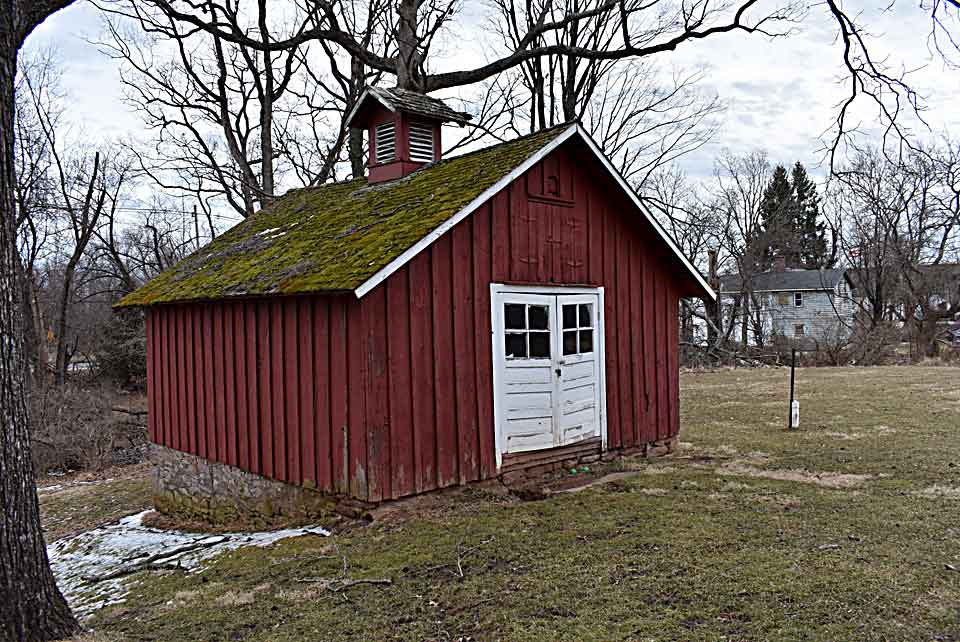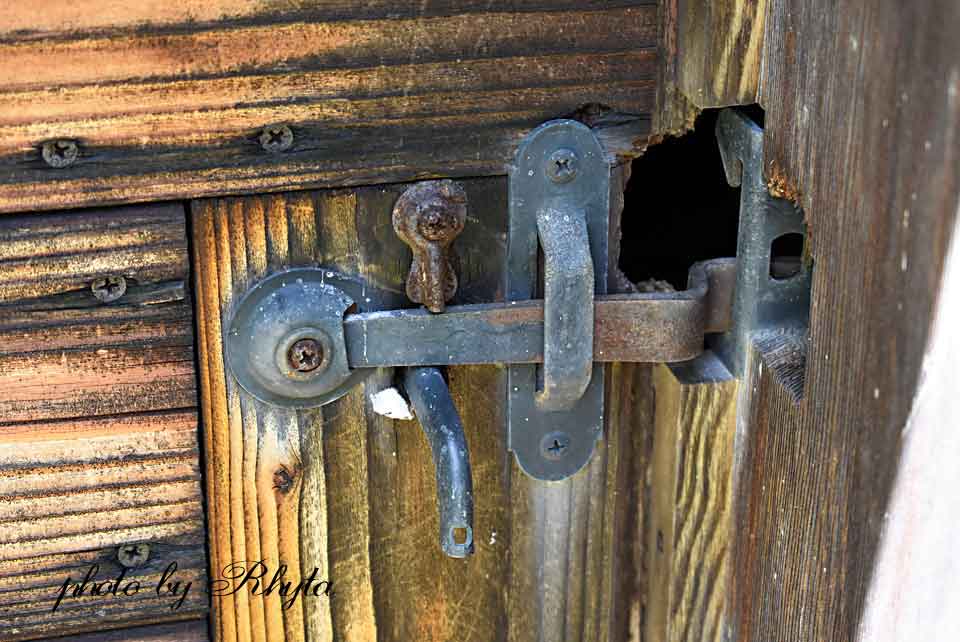This slideshow requires JavaScript.
I noticed my first spring house (photos above and below) in Delaware Township about 8-9 years ago. It is on a small narrow country lane, one that I drove down every day for several years on the way to work in our lab/offices in Rosemont, NJ. I never noticed it until one day there was a traffic jam of ducks waddling across the road – and they took so long that I had lots of time to get out my camera and start taking photographs of the quacking grid lock that was developing. I raised my eyes, and there she was. The most beautiful spring house you could imagine. Very over-grown with tall weeds, grasses, vines, brush trees. The variations in color and textures were perfect – and the stones equally appealing. It was a perfect stone structure for the spring house. I fell in love.

I visited and photographed this spring house in all four seasons, many times. Hoping to get the “just right” photograph. My biggest fear, even today, is that one day I will return to do this again, but it will be gone…..
So, what exactly is a Spring House? Or Springhouse? Well, it usually has water, from a surface spring. This patch of water, which can be flowing, is protected by an enclosure, typically from stone, brick or wood, with a door that can be closed from the elements and possible intruders. It is damp, and cool, year round. The surface area varies and the materials of construction vary as well. Some are solid structures made masterfully from stone with great care and cost. Others are more simple, but each springhouse contains the same elements of an enclosed water source.
These spring houses can be quite cool, serving as a short term refrigerator for dairy products, especially milk, and roots, vegetables. In some communities, with dairy farms, these spring houses were a drop off spot for milk containers, for subsequent deliveries. In some cases, it seems that the spring house was solely build to protect the surface water source. These can be quite small, perhaps 4′ wide x 6′ deep and 8-10′ tall. The inside space no bigger than a small coat closet.
On richer homesteads with surface water, spring houses can be quite large. They may have dirt floors and solid thick stone walls and roofs. Possibly a window or two. In some cases, the spring house can be combined with the summer kitchen which is delightful to see! These structures look like self contained small dwellings, possibly two floors or lofted, with hearths, baking ovens, water channels, etc. A picture of ingenuity! Indeed, it is easy to see that necessity is the mother of invention. They are not the water wells of the homestead, but cool locations for storage and protectors of surface springs.
May 15, 2018: Traveling through Hunterdon County’s townships, I occasionally run across a gem of a spring house, summer kitchen or combination structure, if I am lucky! Here is a one near a road in Delaware Township. It is a fine stone two story building in Delaware Township. I’m wondering is this, perhaps is a smokehouse?

Not far from this springhouse is another set back from the road.
I especially like the wooden doors that have survived on these structures for a century or more. The hardware and the wood capture my attention quite easily.

June 17, 2018: Occasionally I run into a little perfect springhouse. This one is in Delaware Township on an exquisite rural road – one of my favorites. This springhouse is hidden behind the home, slightly recessed from the dwelling.

The lush garden surrounding the springhouse is impressive. Sometimes I am only able to snatch a photo and can’t explore inside for details. I’ll try to revisit this outbuilding on another occasion.
Occasionally I stumble across a springhouse that has not survived. This one is just off the road in Raritan Township. It is on a property where a new house is under construction. Sadly, this will probably disappear soon.























































































































